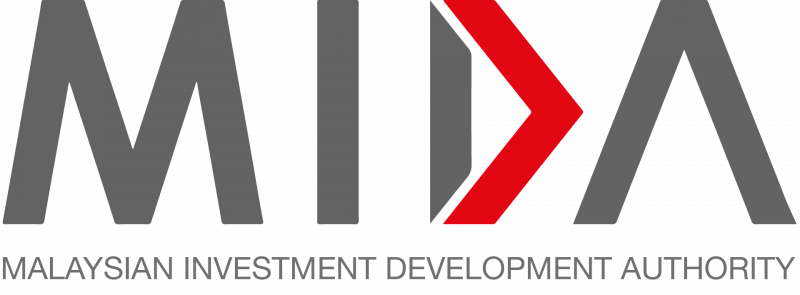The economic partnership between the United States (US) and Malaysia has led to many shared accomplishments in the last 50 years, said US Ambassador to Malaysia, Edgard D. Kagan.
The ambassador said that in his keynote address at the 47th annual general meeting of the American Malaysian Chamber of Commerce (AMCHAM) today, Prime Minister Datuk Seri Anwar Ibrahim highlighted that US investments are the leading source of foreign direct investment (FDI) in Malaysia.
“Not only do US investments support Malaysia’s bottom line, but their commitments to training and upskilling Malaysian workers and developing impressive corporate social responsibility programmes underscore US-Malaysia shared ties and enduring values.
“We are looking forward to celebrating the opportunities that lie ahead,” he said in his official X.com (formerly Twitter) posting today (June 25).
Source: Bernama
US Ambassador lauds US-Malaysia economic partnership
Content Type:
Duration:


